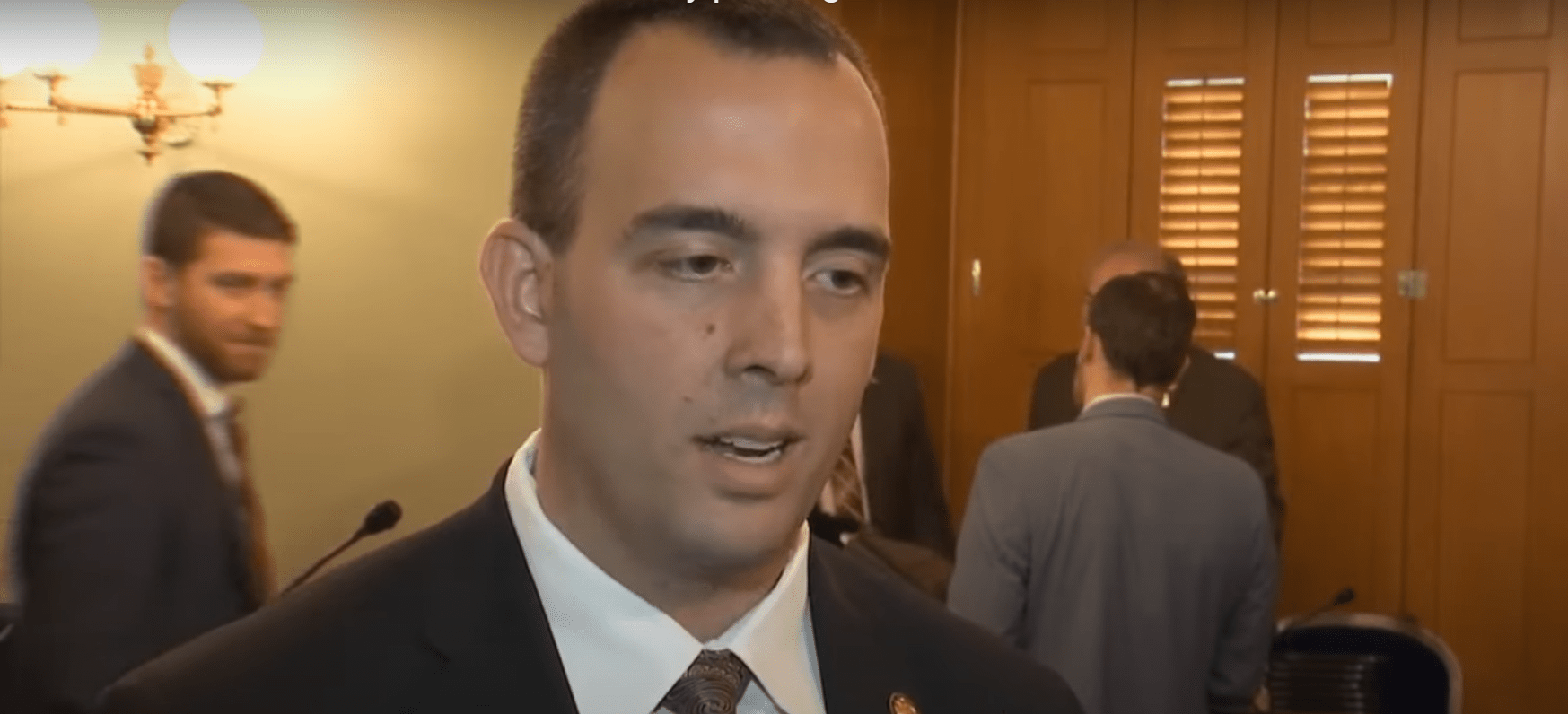The Wall Street Journal recently reported that Statehouses across the country are continuing to cut taxes in a movement that shows no sign of slowing down. By year-end, nearly half of all states will have cut their income-tax rates within a three-year period. Flat-rate tax reforms are also spreading. Last year Georgia, Iowa, Mississippi and Arizona joined Idaho in enacting one. That brings the nationwide total to 13.
If House Bill 1 (HB1) becomes law, Ohio would become the 14th state to enact a flat income tax which is seen as a step forward in the complete elimination of the tax in the future.
Why it matters? Lower taxes attract economic activity
According to the same WSJ article, the tax cutting movement took off in 2021 as states began running surpluses due to several factors (post pandemic reopening activity, rising stock prices and capital gains and inflows of federal aid). By September of 2022, 31 states were outperforming their pre pandemic revenue trajectories. 21 states began cutting income taxes during that period betting that returning revenue to taxpayers would spur faster economic growth.
On the other hand, states that don’t cut taxes in times of surpluses invariably spend more, often building commitments that are harder to sustain during lean years.
Hillsdale College Professor of Economics Gary Wolfram has been quoted as saying, “States with lower income taxes attract economic activity,” Wolfram said. “The latest census data on state population growth is evidence of the fact. This results in job opportunities and increases in property values that particularly benefit the median income earners.”
Americans move to areas with lower costs and taxes
Janelle Fritts of the Tax Foundation analyzed Census Data and moving data from U-Haul and United Vans Lines. She concluded that while the results cannot tell us exactly why each person moved, there is no denying a very strong correlation between low-tax, low-cost states and population growth. She also noted that regional differences in tax rates can be very important. Within a region like the upper Midwest, the cost of living and the climate are fairly similar, so personal income tax can be important factor in decision-making by businesses and individuals.
Ohio ranks third highest in income tax burden in region
A 2022 study by WalletHub ranked states by income tax burden, property tax, sales tax and total tax burden.
Results show within the Upper Midwest region, Ohio ranks third highest in personal income tax burden as a share of personal income, with Kentucky having highest and Indiana the lowest burden.
Kentucky (10), West Virginia (14), Ohio (17), Pennsylvania (18), Michigan (31), Indiana (32)
Note: lower ranking indicates a higher income tax burden
The top 2, Kentucky and West Virginia, are in the race to reduce income taxes. Kentucky has charted a path to get to zero income tax within 12 years and West Virginia is cutting back. If Ohio stands still, it could become the state with the highest income tax burden in the region.
What Ohio is doing to stay in the race
In 2021, the Ohio biennial budget included a $1.6 billion reduction in the state income tax – the biggest cut in state history according to Americans for Tax Reform. Income taxes were cut by 3% across the board, and two income tax brackets were cut making the top rate 3.99%. The minimum income subjected to income tax was raised to $25,000 per year.
Senate Bill 327, introduced in 2022, proposed reducing personal income tax to zero over a 10-year period. It didn’t make it out of committee.
Earlier this year, Governor DeWine added a $727 Million surplus to the rainy day fund to top it off at $3.5 Billion, the maximum allowed by law. At the time Greg Lawson, a research fellow at The Buckeye Institute, was quoted as saying “People should get some money back in their pockets if we have this much in the fund.”
Support for HB1 – the 2.75% Flat Tax
HB1 was recently introduced by state Rep. Adam Mathews. If passed into law, it would create a flat state income tax rate of 2.75%. Ohioans making less than $26,050 per year would continue to pay no income tax. HB1 is seen as the first step toward eliminating Ohio’s state income tax entirely within a few years.
House speaker Jason Stephens has listed HB1 at the top of his legislative priority list.
Americans for Prosperity Ohio (AFPO) also supports HB1. Director Donovan O’Neil, has been quoted saying: “We see a lot of other states trending towards cutting (income taxes). And if we want to remain competitive with those other states, …we’ve got to get there. But we’ve got to get there faster, or we’ve never going to capture that population as they’re moving around and looking for the place they can call home.”

AFPO is putting their money where their mouth is with mailers alerting Ohioans to the legislation, making it easy for them to get more information about HB1 and directing them to contact their elected officials to voice their support.
Find out more about HB1 here

How to voice your support for HB1
Find your House District and House representative here. Email your House Rep starting with the letters REP (short for Representative) followed by the number of the House district that member represents and then @ohiohouse.gov. Example: [email protected]
Find your Ohio Senate district and State Senator here. To email your Ohio Senator, use the senator’s last name followed by @ohiosenate.gov. Example: [email protected]












